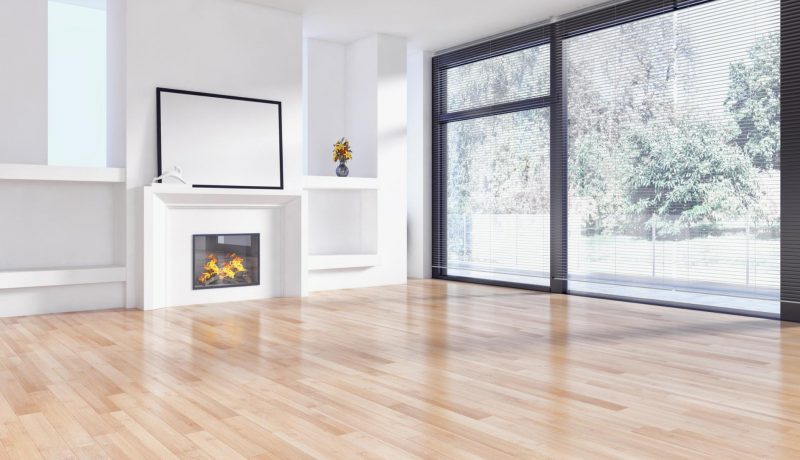Unveiling the Artistry: How Flooring Enhances Photography

Photography is an art form that relies on capturing the essence of a moment, freezing it in time. While many factors contribute to a captivating photograph, one often overlooked element is the impact of the background, specifically the flooring. The choice of flooring can significantly influence the mood, aesthetics, and overall appeal of a photograph. In this article, we will explore the intriguing connection between flooring and photography, highlighting how different flooring options can elevate the visual storytelling and evoke powerful emotions.
- Setting the Stage with Flooring: Flooring serves as the foundation of any indoor space, providing a backdrop that frames the subject of a photograph. Each flooring material possesses distinct textures, colors, patterns, and reflective properties, which, when properly utilized, can enhance the visual impact of a photograph. For example, hardwood floors lend a timeless and elegant touch, while vibrant tiles can infuse energy and playfulness into an image. By thoughtfully selecting the flooring, photographers can create harmonious compositions and effectively convey their intended message.
- Creating Mood and Atmosphere: Flooring plays a crucial role in establishing the mood and atmosphere of a photograph. The choice of flooring can evoke specific emotions and enhance the narrative being portrayed. Dark, weathered wood floors can bring a sense of nostalgia and evoke a vintage ambiance, perfect for capturing sentimental moments. On the other hand, sleek and polished surfaces like marble or concrete can exude a modern and minimalist feel, lending a contemporary edge to the composition. Photographers can utilize the inherent qualities of different flooring options to manipulate the mood, whether it be warm and cozy, bright and airy, or dramatic and mysterious.
- Reflective Properties and Lighting: The reflective properties of flooring materials can significantly impact lighting in a photograph. Glossy surfaces, such as polished tiles or hardwood floors with a shiny finish, can reflect light and create interesting highlights and reflections. This effect can add depth and dimension to the image, making it visually captivating. Conversely, matte surfaces like carpet or textured flooring can absorb light, resulting in a softer and more diffused lighting, ideal for creating a gentle and intimate atmosphere. By strategically incorporating the reflective properties of flooring, photographers can manipulate and control light to their advantage, enhancing the overall composition and visual appeal.
- Harmonizing Colors and Patterns: Flooring choices can greatly influence the color palette and patterns within a photograph. Vibrant or patterned floors can serve as dynamic focal points or complementary elements to the subject. For instance, a photograph featuring a model in a colorful outfit against a backdrop of neutral-colored flooring can create a striking contrast, drawing attention to the subject. Conversely, a photograph taken on patterned flooring, such as Moroccan tiles, can infuse a sense of cultural richness and artistic flair. By carefully considering the color and pattern interactions between the subject and the flooring, photographers can create captivating and visually balanced compositions.
Conclusion : Flooring may seem like an insignificant aspect of photography, but its impact should not be underestimated. By selecting the appropriate flooring materials, photographers can enhance their storytelling, evoke specific emotions, control lighting, and create visually captivating compositions. The artistry of photography lies in the ability to manipulate every element within a frame, and flooring is no exception. So, next time you embark on a photographic journey, remember to pay attention to the floor beneath your feet, as it might just hold the key to unlocking the full potential of your images.
